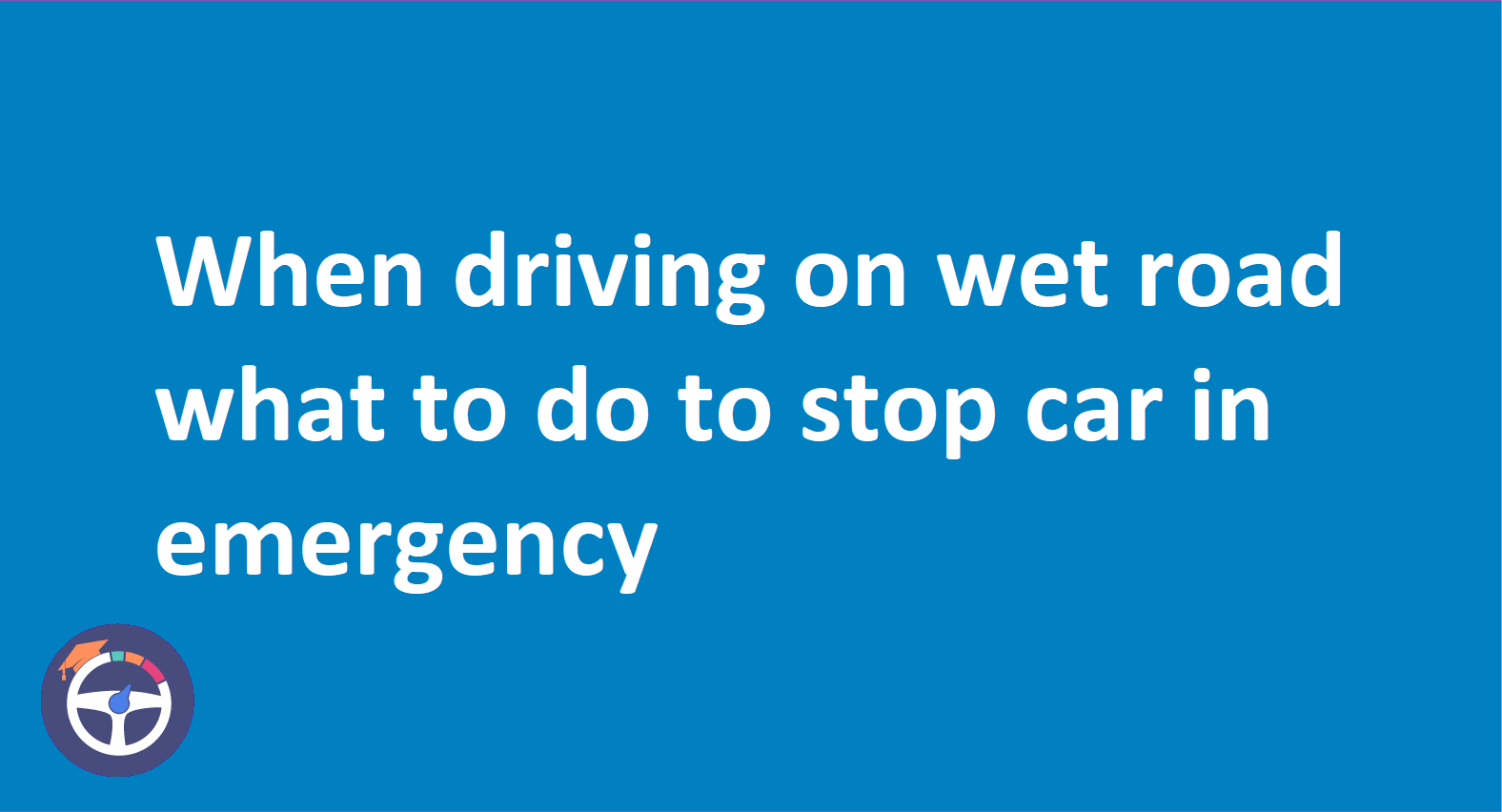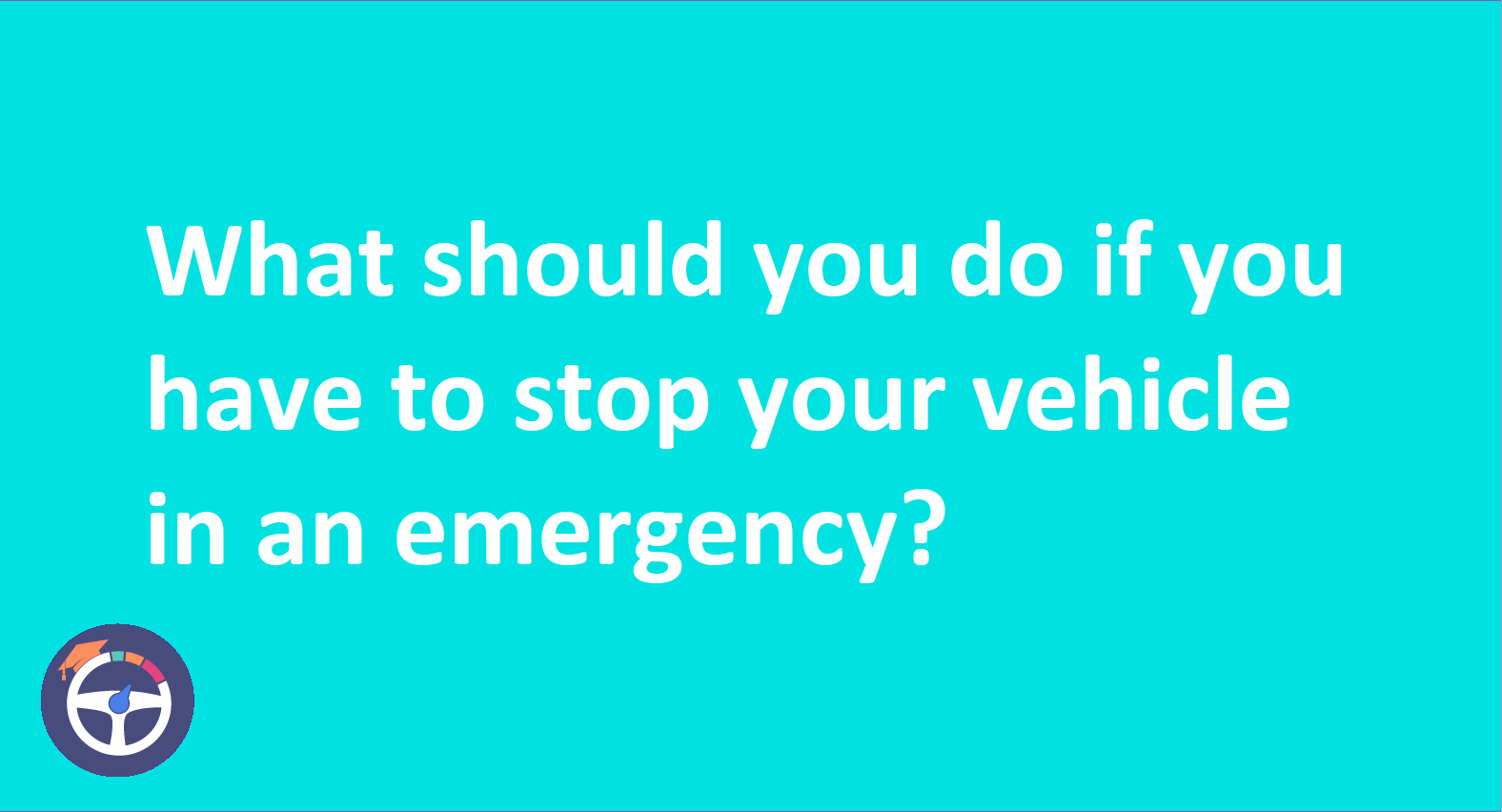In Which Conditions Will Your Overall Stopping Distance Increase?
In rainy conditions, it's essential to exercise extra caution. Wet roads can significantly increase your stopping distance, potentially doubling the time it takes to come to a stop.

Contents
- In Which Conditions Will Your Overall Stopping Distance Increase?
- Problems with Wet Weather:
- Twofold Problem:
- Tips for Safe Driving:
- Thats A Wrap!
In terms of road safety, it is essential to understand how various conditions impact your car's stopping power. Despite the fact that everyone wishes for clear skies and dry roads! The reality is that weather can change quickly. And have a big impact on driving conditions.
So, in which conditions will your overall stopping distance increase? The weather, especially when it’s raining is one of the most important factors that affect stopping distance. One of the most important factors affecting overall stopping distance is the weather, particularly when it is raining.
Problems with Wet Weather:
It's not just visibility that becomes problematic when the rain starts to fall. Drivers are seriously put at risk by wet road surfaces. It can significantly lengthen stopping distances. The water forms a thin film between your tires and the pavement which decreases traction. And complicates the operation of your brakes!
Twofold Problem:
When driving on wet and rainy roads your car's stopping distance can double. As a result, even in typical braking situations, it takes your car twice as long to stop completely. Drivers may be caught off guard by this increased stopping distance. Particularly if they are unprepared for the decreased grip on the road!
Tips for Safe Driving:
1. Decrease Your Speed: In wet weather, slowing down is the best strategy. It will help to make up for longer stopping distances.
2. Boost Following Distance: Keep a safe distance from the vehicle in front of you. It will allow extra braking time if required. In wet conditions, the two-second rule might not be enough. So, you should think about doubling or even tripling your following distance.
3. Inspect Your Tires: In any weather but particularly during the rainy season enough tire care is crucial for safe driving. To keep traction and avoid hydroplaning on wet roads, make sure your tires are properly inflated and have enough tread depth.
4. Brake Early and Gently: To prevent skidding or losing control, begin braking earlier than usual. Apply the brakes gradually. On damp surfaces abrupt or forceful braking can cause your tires to lock up. It can raise the possibility of a collision.
5. Remain vigilant: Pay vigilant attention to the road ahead. Be ready to act fast in the event of any changes. Hydroplaning can be caused by standing water, so be aware of it. And modify your driving style accordingly.
That's A Wrap!
You can lower your risk of an accident and reach your destination safely. No matter the weather, being aware of how wet weather affects stopping distances is the key. And by adhering to these safe driving tips! While driving exercise caution attention and safety!


